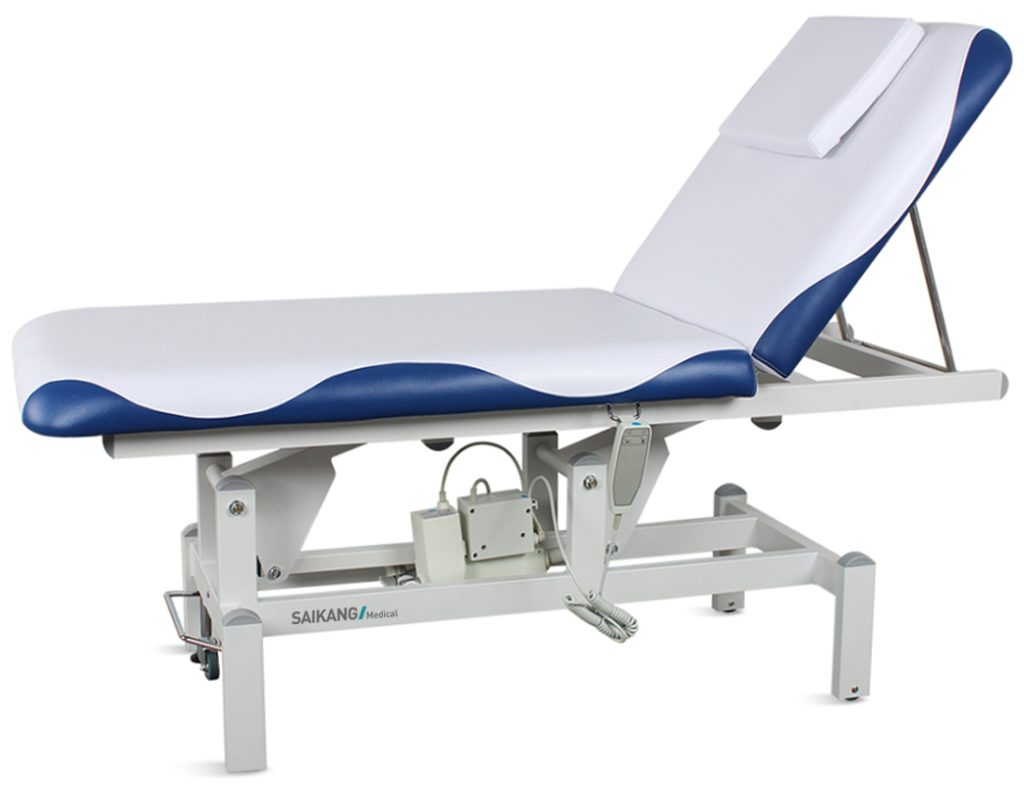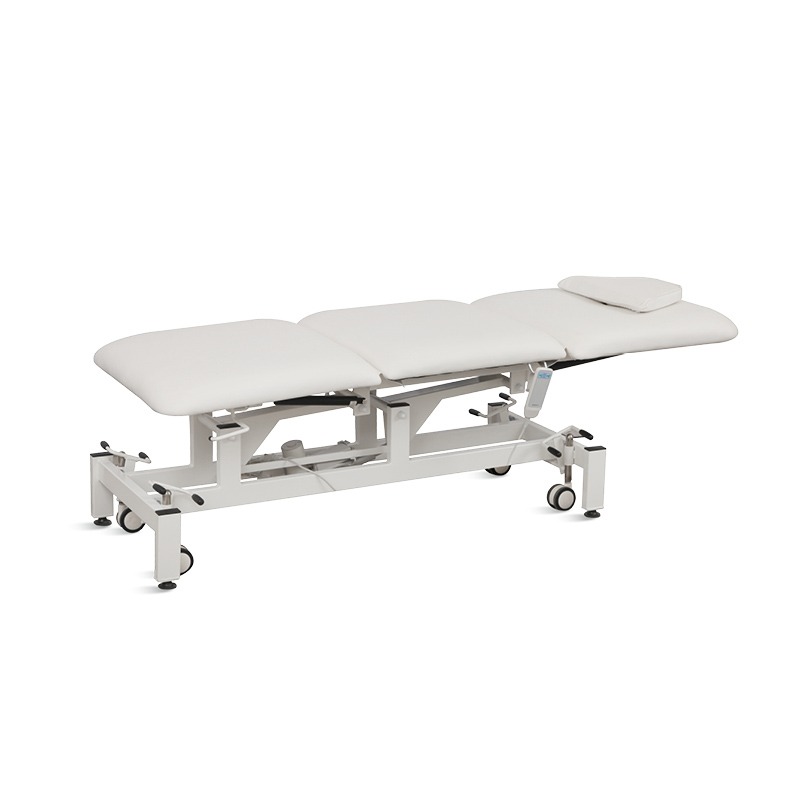Ever wondered why surgery tables are so narrow? In healthcare, every piece of equipment has a purpose. Surgery tables may look narrow, but they play a big role in making surgeries successful and keeping patients safe. Let’s look at why they are so narrow.
Surgery tables are where surgeons do their work. They need to be stable and adjustable. Even though they are narrow, they are designed to be used for many types of surgeries. They also need to keep patients safe and comfortable. The narrow design is not a problem. It helps surgeons do their work better.
Why are Operating Tables Important in Medical Procedures?

Operating tables are very important in medical procedures. They give a steady place for surgeries. These tables are made to support patients during surgery. They make sure patients are safe and comfortable.
First, operating tables let doctors move patients into the best position. This makes it easy for doctors to reach the surgery site. The table’s height, tilt, and rotation can change. This helps doctors get the best angle for complex procedures.
Next, operating tables help improve how well doctors can do surgery. They give a steady and safe place for the patient. This lets doctors focus on the surgery.
Also, operating tables help keep patients safe during surgery. They have padding and restraints to stop unwanted movement. This lowers the chance of injury during surgery.
Plus, many modern operating tables have high-tech features. They may have imaging integration and robotic help. This makes surgeries more accurate and efficient. It leads to better results for patients.
Another key part of operating tables is how they help patients feel comfortable. They have designs and settings that can change. These help lessen discomfort and help patients relax during surgery.
Lastly, operating tables help make work in the operating room more efficient. They are adaptable and versatile. This lets surgical teams work better and save time and resources.
Different Types of Surgery Tables
Surgery tables are key in medical operations. They give surgeons a stable and adjustable place to do surgeries. Let’s look at the different types:
General Surgery Table
These tables are common in operating rooms all over the world. They are flexible and adjustable. Surgeons can change the table’s height, tilt, and side tilt as needed. These tables are useful for simple surgeries like removing an appendix or complex ones like abdominal surgery.
Orthopaedic Surgery Table
These tables are for orthopaedic surgeries. They need to be stable and allow for exact positioning. This is especially important when working on joints or delicate bones. These tables have special features to hold limbs in place and keep them aligned during the surgery. They are crucial for surgeries like joint replacements and spinal surgeries.
Electro-hydraulic Operating Table
These tables use hydraulic systems for easy adjustments. Surgeons can control the table’s position, tilt, and rotation with a button. This makes it easy to move the table during surgeries. It also makes the work less physically demanding for the medical staff.
Radiolucent Operating Table
These tables are for neurosurgery and other surgeries that need imaging during the operation. They are made from materials that X-rays can pass through. This allows for clear imaging without affecting the surgery. Neurosurgeons can do complex procedures while watching the patient’s anatomy in real time.
Pediatric Surgery Table
These tables are for surgeries on children. They are adjustable and have special features to fit young patients comfortably and safely. They are useful for both minor and complex surgeries.
Mobile Operating Table
These tables are useful in busy healthcare settings. They have wheels and can move easily. This allows for quick access to surgical suites and emergency rooms when needed. Their flexibility makes them very valuable in busy hospitals and surgical centers.
Factors influencing the design of early operating tables for medical

Surgery tables have changed a lot over time. In the early days, many things influenced their design. Let’s look at these influences:
Medical Knowledge and Practices
The design of early surgery tables was based on the medical knowledge and surgical practices of the time. As doctors learned more, the design of the tables changed. They needed tables that could be used for different types of surgeries.
Patient Comfort and Safety
Doctors wanted to make sure patients were comfortable and safe during surgery. So, they designed tables with soft surfaces and secure restraints. This helped keep patients stable during surgery.
Available Materials and Technology
The materials and technology of the time also affected the design of the tables. Early tables were often made of wood or metal. They were not as adjustable as modern tables. But as technology improved, so did the design of the tables.
Surgical Specialties and Techniques
Different types of surgeries needed different features in the tables. For example, orthopedic surgeons needed sturdy and adjustable tables for bone surgeries. Obstetricians needed tables with stirrups for childbirth. So, the design of the tables changed based on the type of surgery.
Ergonomics and Ease of Use
Surgeons needed tables that were easy to use. Adjustable tables let surgeons work comfortably and efficiently. This helped reduce tiredness and improve the results of the surgery.
Cost and Affordability
Cost was also a factor in the design of the tables. Hospitals wanted tables that were affordable but still worked well and were safe. They preferred simple but strong designs.
Cultural and Societal Influences
Culture and society also affected the design of the tables. In some cultures, privacy is important. So, tables were designed with curtains or partitions. This helped keep the patient hidden during surgery. The design of the tables changed based on how people felt about healthcare and surgery.
Final Words
In the end, surgery tables are narrow for many reasons. They help surgeons reach the patient, keep patients safe, and make the work in the operating room more efficient. Even though they look thin, these tables are carefully designed. They meet the needs of many types of surgeries and always put the patient’s safety first.
 Professional medical equipment supplier
Professional medical equipment supplier
